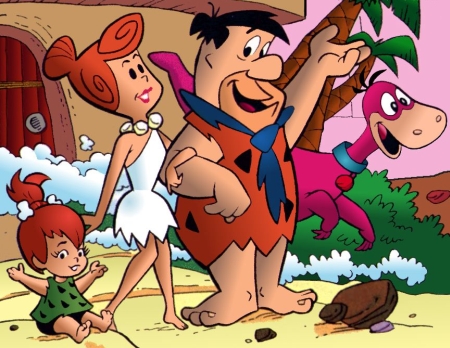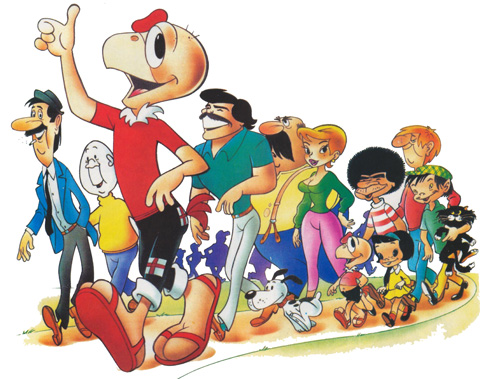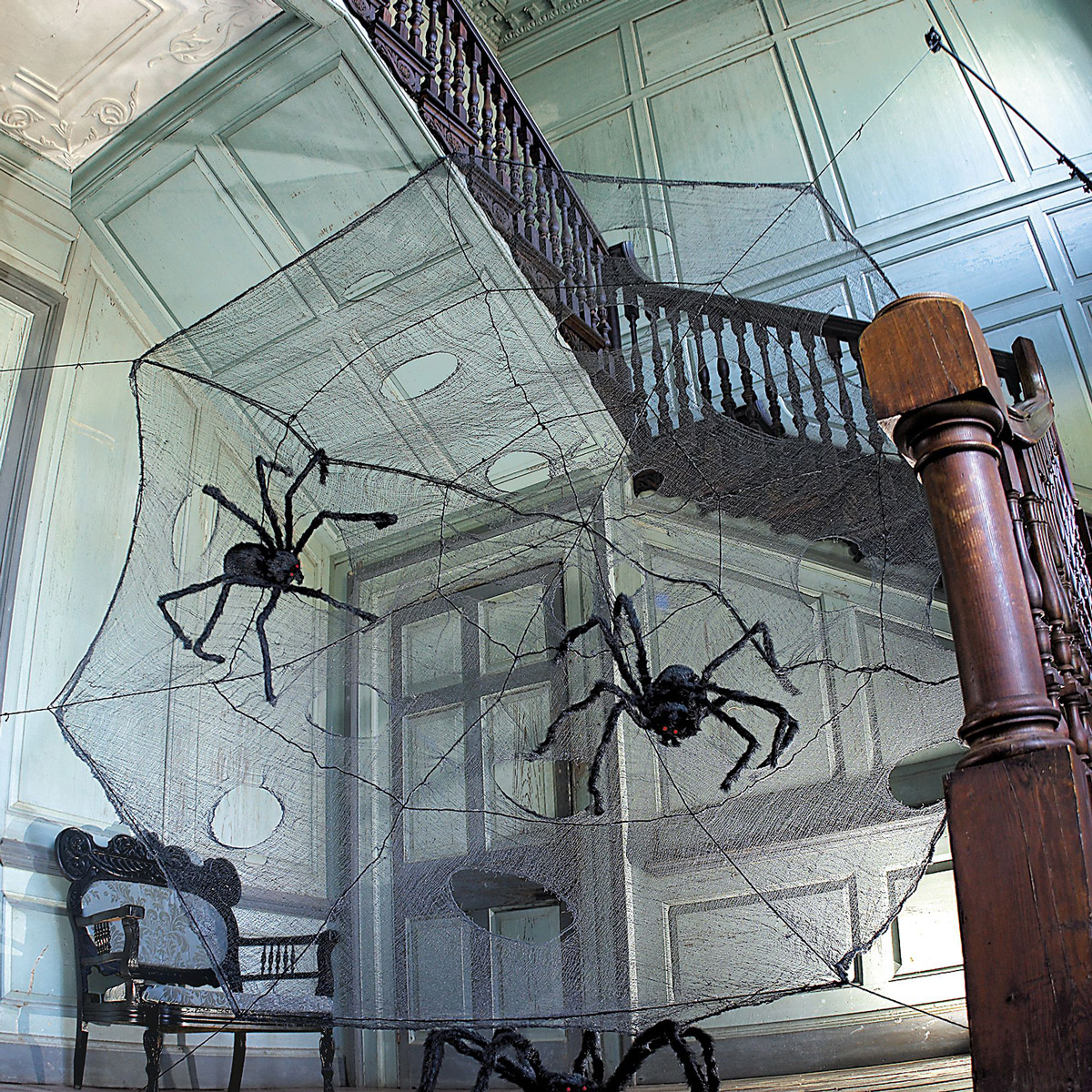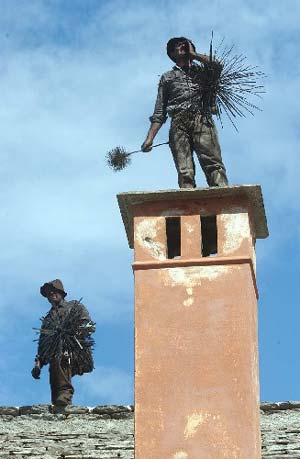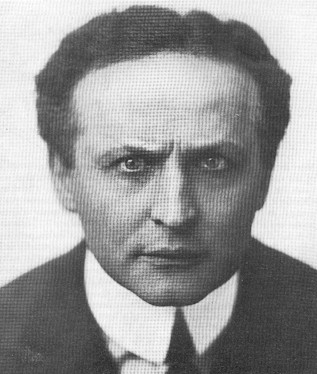DICTATIONS SECOND SENIORS (22,23,24)
Xi ‘an’s Terracotta Warriors
Before the world-famous terracotta warriors were unearthed in 1974, Xi’an was little more than a small provincial town in central China. Since then it has become one of the most important tourist destinations in the world, and its population today numbers over three million inhabitants.
The life-size warriors, made out of baked clay, were discovered by farmers digging a well. They had been made over 2,200 years ago, to protect the tomb of the First Emperor. Work on this colossal project began in 246 BC. They are lined up in wide ditches, standing on military formation. No two faces are alike, and each body was made separately. In addition to the foot soldiers, tourists can also see horses and chariots. All of these can be visited in separate exhibition halls.
It is uncertain why so much trouble was taken, but one theory is that the different faces, which represent diverse Chinese minorities, are a celebration of the first unification of China.
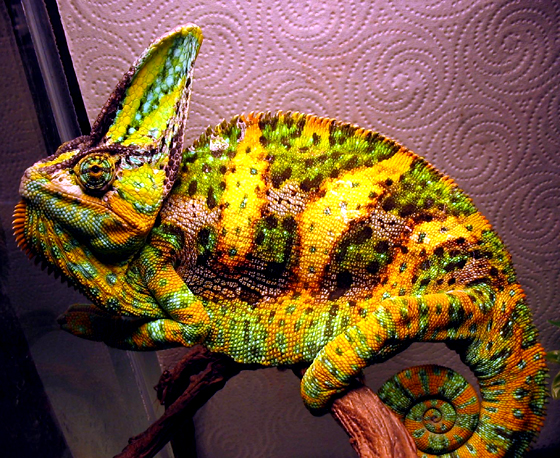
Chameleons
Although almost half the world’s chameleon species live on the island of Madagascar, they can also be found in parts of Africa, Spain, Portugal and Sri Lanka, and have even been introduced to Hawaii and California., where there are warm habitats appropriate to their existence. There are at least 59 species which do not exist anywhere else except in Madagascar. Chameleons are unique creatures, and are known for their ability to change colour, which can range from white to black, passing through yellow, blue, green, red and brown. The reason for these colour changes is communication, contrary to popular belief. Most people think that chameleons change colour to blend in to their surroundings, but the truth is that these changes are a response to temperature, light and mood.
They have extremely extensile tongues, which is used to snap up insects and out-of-reach food, and can be twice as long as the chameleon’s body. They also have stereoscopic eyes, which allow them to survey the world with nearly 360-degree vision. The males are more ornamented than the females.
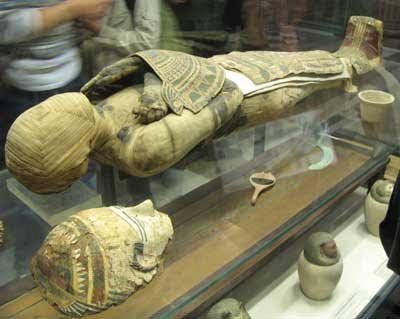
Mummification
Ancient Egyptians are perhaps the best-known mummifiers - although initially, it was their climate, not their skill, that preserved their dead. Arid desert winds and blazing hot sand could dry corpses out quickly enough to mummify them.
The first ‘artificial’ Egyptian mummies were made around 3000 BC. These early efforts at embalming were crude, but reflected their belief that preserving people after death enabled them to achieve eternal life.
In the beginning, it was so expensive that only the Pharaoh and a few favourites could enjoy this privilege. But the promise of eternal life was so attractive, that soon rich Egyptians also desired to attain it. By 1550 BC, every Egyptian who could afford it was mummified. Embalming became an art and the process took 70 days. It took forty days to dry out the body. Most of the organs were removed, except for the heart. The body was then disinfected with wine, stuffed with salt and left to dry out completely. After this it was stuffed with cloth, perfumed and decorated to make it look attractive, ready to be buried.



